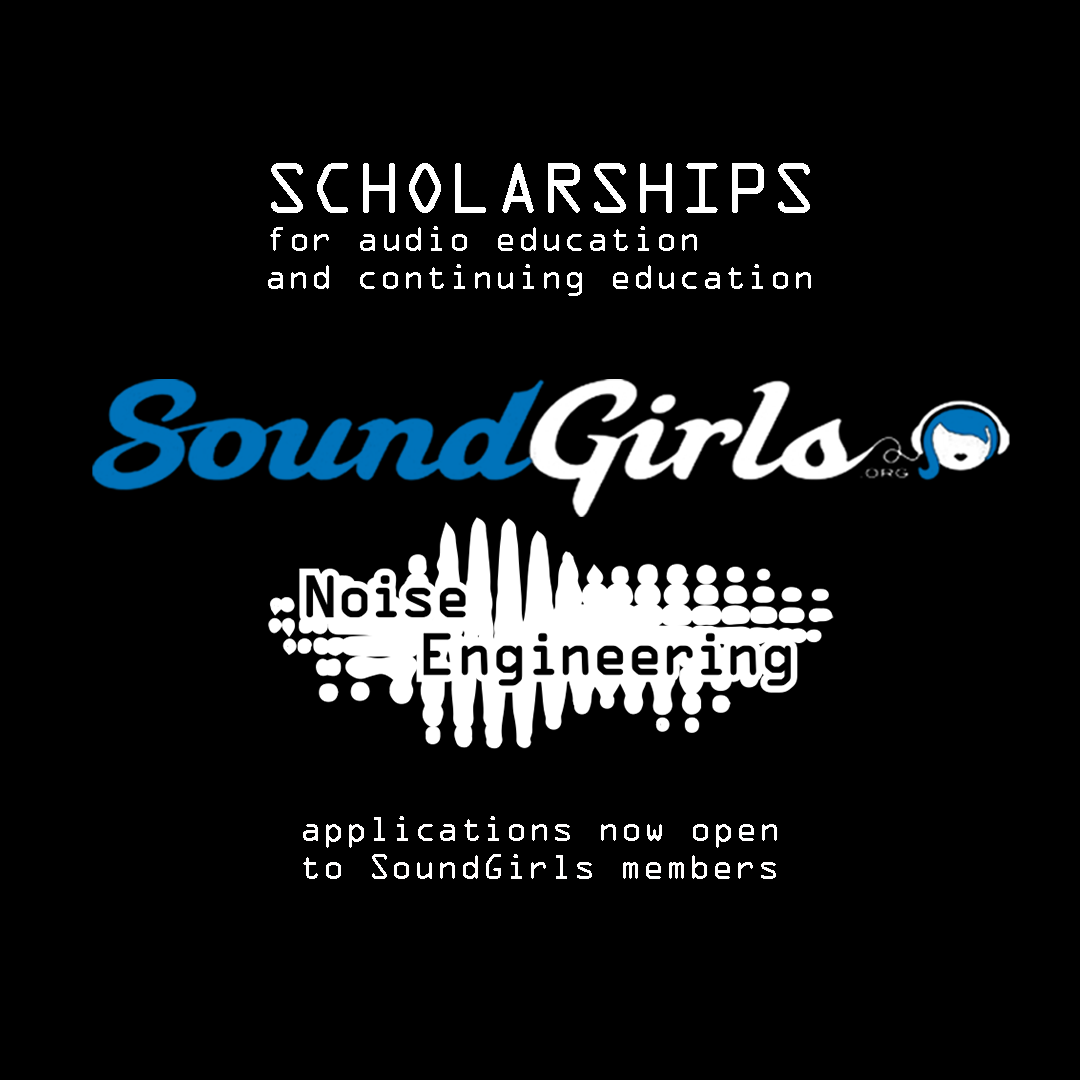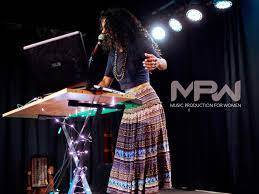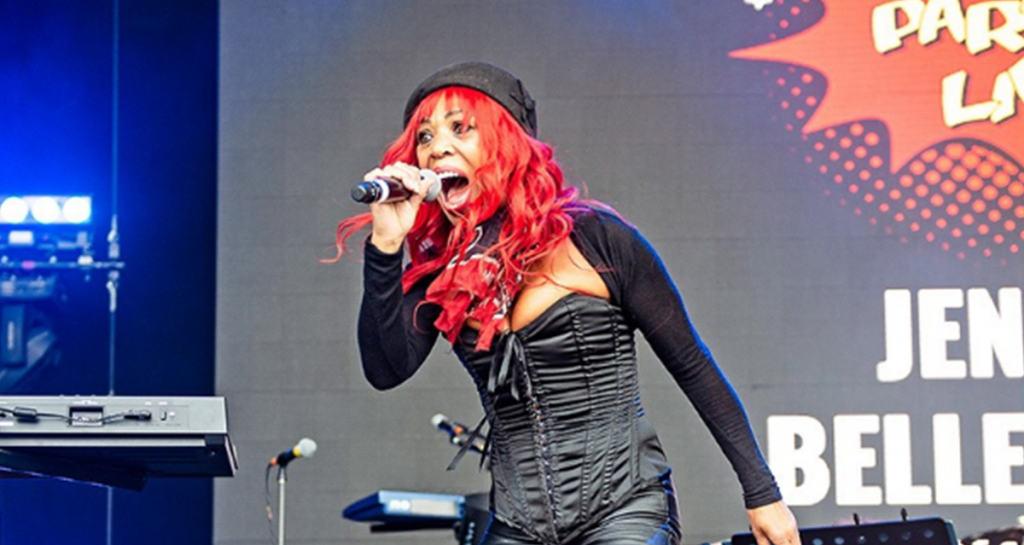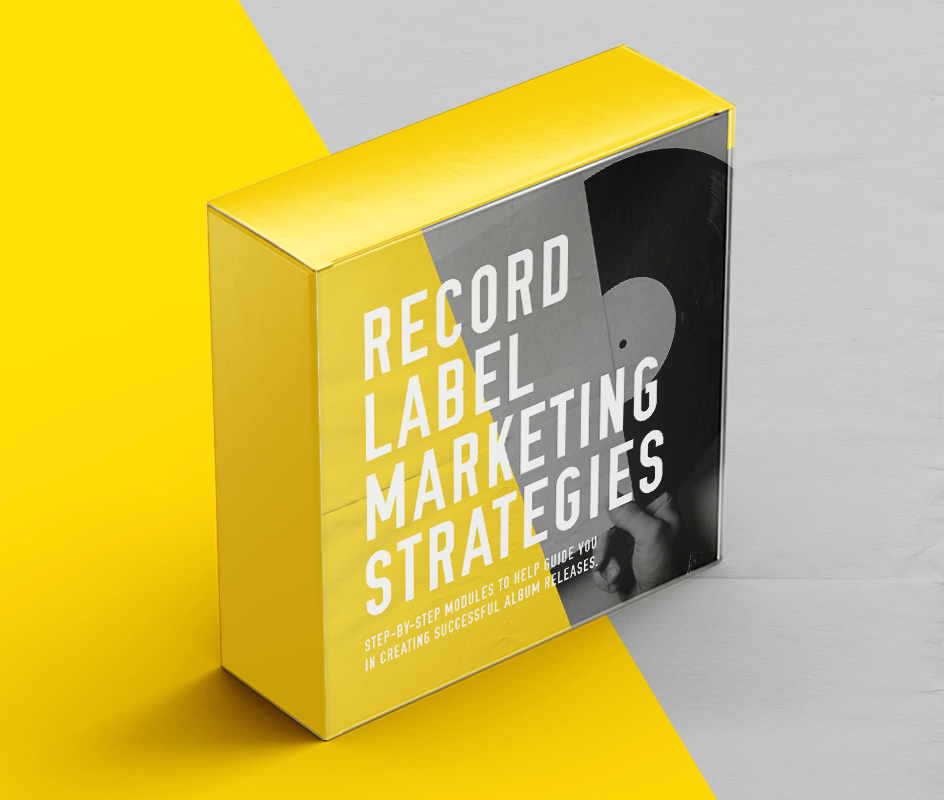UAE FAQs
So you’re thinking of working in the UAE but don’t know whether it’s right for you? It can be hard to get a clear picture of what it’s really like before you go. This is partly because there are laws against criticising the government and people don’t want to say anything that could possibly be interpreted as negative. You might also find conflicting advice as laws can change very quickly and there are some confusing grey areas. Most sources in English about life in the UAE are written by well-off, ex-pat women and travel bloggers, and your experience as an event professional will have little in common with them (sorry!). Plus going for a few months, as is common in live events, is different from being a long-term resident.
If you’re unsure about a topic or what it’s really like to spend time there as someone who belongs to a certain group, it can be hard to find public information about it. The best thing to do is to talk privately with someone who’s been there to really understand what it’s like. In addition, here are a few things you’ll want to be aware of before accepting work in the UAE. There’s a lot to take in in this post, but you get used to it all pretty quickly. Most of these things won’t affect you very often if at all, but prior warning takes a lot of the frustration out of culture shock! The following is not legal advice or condoning or condemning anything, and please double check any information before you go as it may be out of date by then.
Um… Where is it?
The way people talk about Dubai and Abu Dhabi, you could be forgiven for thinking they’re countries. However, the United Arab Emirates (UAE) is the country, which is made up of seven emirates, similar to states in the USA. Abu Dhabi and Dubai are the two main cities, each in an emirate of the same name. Abu Dhabi is the country’s capital, and Dubai is the biggest city with the most events. The UAE is on the Arabian Peninsula, but it is not in Saudi Arabia, which is a very different country! Each emirate can set some of its own laws in addition to national ones, so make sure you’re aware of these if you’re traveling between them.
Is everything illegal?
You might have reservations about working in the Middle East. The UAE is different from the West, but it is also unlike its neighbours in many ways. Dubai is sometimes known as the Las Vegas of the Middle East because of its relatively (emphasis on relatively!) relaxed attitude compared to the other countries in the region, and how open it is to tourism. A lot of everyday life is pretty similar to the West, but it is important to remember that the UAE is not a democracy. What the rulers say goes and laws can change very quickly on their decree. Their judicial system is very strict. Being foreign and ignorant of the law is no defence, and your embassy will be unlikely to get you out of prison if you find yourself in trouble. Here are just some things that can result in fines, deportation, or arrest:
- Being anything other than cisgender.
- Being anything other than heterosexual.
- Sex outside marriage. N.B. While the punishment for sexual assault is severe, the burden of proof is high. If the plaintiff can’t prove it was non-consensual they could be the ones that get punished, for extra-marital sex.
- Bringing sex toys or pornography into the country.
- Crossdressing.
- Immodest clothing.
- Being in possession of any drugs, including in your bloodstream (this applies even if you’re just transiting through the airport).
- Drinking or being drunk in public (also applies in the airport, so don’t go crazy with the free drinks on the plane if you have a connection in Dubai!).
- Public displays of affection or vulgarity, including swearing, including online, including swearing in WhatsApp! https://emirateswoman.com/mind-your-ps-qs-on-whatsapp-or-face-prison/
- Taking photos of people without their permission.
- Criticising the government.
- Having a dirty car.
- Cleaning your car in public.
It looks like a long list, but if you’re there to work for a short time you’re unlikely to fall foul of these. What you hold in your heart is nobody else’s business if you don’t want it to be. Try to talk like you’re on a corporate job or in The Good Place. You can still drink if you’re 21 or over (except in the dry emirate Sharjah, but you’re unlikely to go there), just make sure it’s in private or a licensed premises and keep your composure on the way back to your accommodation. If you don’t want to abide by the country’s laws you are free not to go there. Disagreeing with them is not an excuse to break the law.
Nah, tourists do that stuff all the time
Some people who don’t respect these laws visit, and you might hear that it’s all very relaxed and you can pretty much do whatever you want. Of course, you can have a great time, but you can do that while staying on the right side of the law. Just because people have done illegal things without being arrested doesn’t mean it’s ok, that it isn’t disrespectful or that you’ll get away with it too. Besides, you are there to work. You should have higher standards of behaviour than someone who’s there to party. Getting arrested or deported will also cause a big headache for your employer and is not a clever career move.
Modest clothing?
One of the main areas I was concerned about before I went to Dubai for the first time was what is appropriate to wear. I asked my boss and he said “Well, now it’s December it’s getting a bit chilly in the evenings, you might want a sweater…” That wasn’t really what I meant! The idea is “modest” clothing: you shouldn’t wear anything low cut or translucent and should cover your shoulders and back. Your underwear should never be visible. On-site it’s usually fine to wear cargo shorts, but when out in public in places like malls it’s best to cover your knees. If you’re on a tourist beach (some beaches are more conservative, for locals) it’s fine to wear swimwear, but cover up before going into a bar or restaurant. If you visit a mosque, dress conservatively and cover your hair if you’re a woman. Some mosques will provide you with an abaya to wear. If you don’t want to wear one, don’t visit a mosque. Tattoos and piercings are relatively common in live event crews, but you might be asked to cover them for more formal events, like in any country.
From a practical point of view, pack light, breathable fabrics. Indoors is almost always well air-conditioned but outside can be really hot! Don’t rely on finding the right clothes when you get there. Malls mainly have the same brands as in the UK and USA, and they stock the same items just with higher price tags, even if they are totally inappropriate for the climate. Try finding a sunhat in a Dubai mall in December: you can spend hours sifting through thick wool coats and scarves, with fake fireplaces and snow everywhere while it’s 30C (86F) outside. You’ll have more luck with non-Western brands like Splash and Lulu but it still isn’t guaranteed you’ll find what you need, so bring essentials with you.
What are the people like?
Only about 15% of the population are native Emiratis. They are mostly very wealthy and you only tend to encounter them as end clients or guests of honour at your event. The rest of the population is made up of people from all over the world and it makes for a very interesting and cosmopolitan society. It is a great opportunity to learn about other people’s cultures (and their food!) but it also means you should make the effort to respect their ways of life and beliefs.
Some people get the impression that the UAE doesn’t have any culture because it doesn’t have lots of old buildings and famous books. However, this is quite a blinkered view of what culture is (as explained in this article https://www.thenationalnews.com/arts-culture/the-majlis-emirati-culture-exists-just-look-closer-1.4506). Emiratis were nomadic Bedouins until very recently so didn’t build settlements or have many material possessions, and their culture was passed down through oral poetry and story-telling. The state was only founded in 1971, and cities only grew from small pearling villages with the discovery of oil in the 60s, so most architecture is very modern. That doesn’t mean there’s no cultural heritage, you just need to look a bit harder for it. Al Fahidi historical neighbourhood in Dubai has been preserved as it would have looked in the mid-1800s and is a good introduction to Emirati culture and heritage. This article (https://www.ourglobetrotters.com/dubai-uae-culture-tradition/) outlines more about Emirati culture and where to find it.
Do I need to learn Arabic?
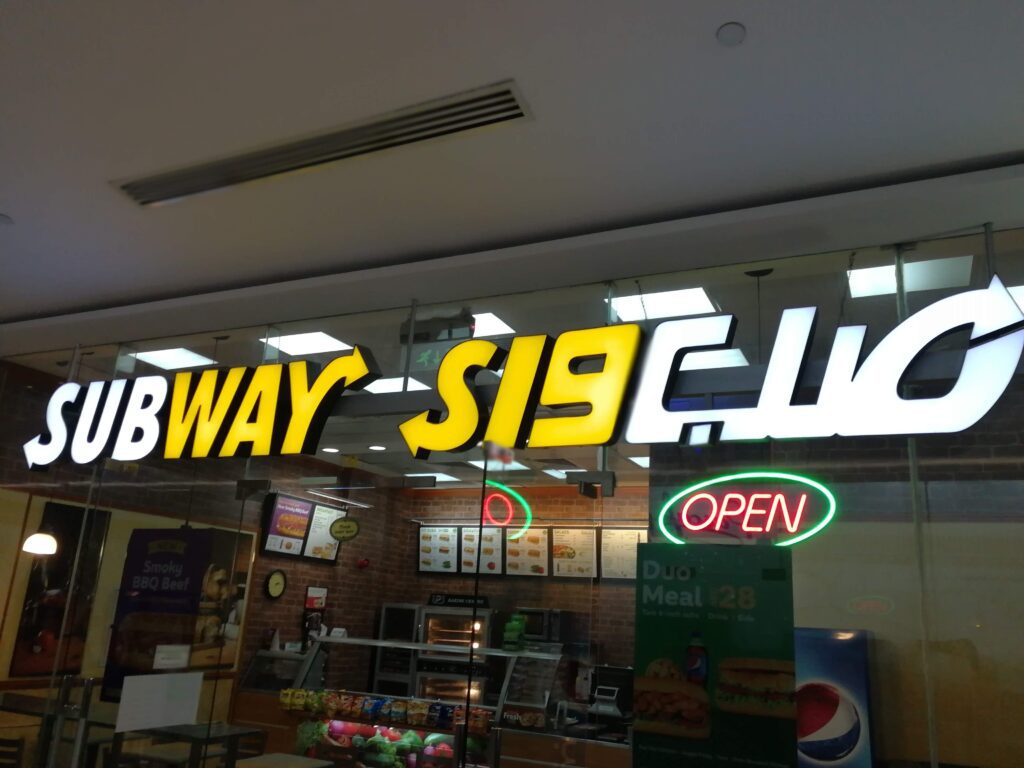
All signage is bilingual and staff will be able to help you in English. If you do want to learn Arabic, translating signs is good practice.
No. Arabic is the official language, but English is the most widely spoken. All signs are in both Arabic and English. You don’t need to know a word of Arabic to work there but it is polite to at least learn to say thank you, which is “shukraan”. You can say “shukraan habibi” (shu-KRAN ha-BEE-bee) to a man or “shukraan habibti” to a woman if you are on good terms with them. It translates as “thank you darling” but it is friendly rather than patronising or creepy.
If you’re the type of person who likes to be able to say a few words in the languages of people you interact with, you have your work cut out for you in the UAE. The main language barrier you’ll encounter as an events professional is communicating with stagehands, who are Indian and Pakistani men. Some stagehands don’t speak English at all. There will usually be a couple of guys on the crew who can act as translators, but a lot of your communication will be by mime and some misinterpretation is inevitable. If you want to learn every Indian and Pakistani language and guess who speaks which one, go for it!
What’s the workplace like?
Working in the UAE can feel quite slow compared to Western countries, but once you do a gig in up to 50C (122F) heat you’ll realise why you need to pace yourself. And why you should wear gloves! Those flight cases get HOT! You should also bring appropriate PPE, and use it. The UAE is not the wild west of events like you might have heard from people who were there in “the good old days”, twenty years ago. You’re expected to be professional and safe.
There are usually a lot of stagehands, known as ‘labour’. Some are so good they could do your job, some are just there to push boxes. The main frustration is the aforementioned language barrier. If you carry boxes they might grab them out of your hands. It happens to men as well as women: it isn’t so much sexism as they see it as an insult to their abilities if you do their job for them.
Your fellow techs will be from all over the world, but mostly British in my experience. The workplace reflects the wider society in that physical contact isn’t the norm. Don’t hug people you don’t know really well. If anyone gets touchy-feely stay well away from them and flag it with your boss if you’re concerned. You probably won’t want to hug anyone anyway, because you’ll all be really sweaty. Because it’s really hot.
You need to make sure you don’t make noise outside during prayer times. Playing music or even sending pink noise to speakers where it can be heard by the public is not allowed. Muslims pray five times a day, no matter where they are or what they’re doing. Soundchecking during prayers is like rolling your rig into a church during Sunday service or a library and blasting some tunes out. It is disrespectful and won’t be tolerated. People who work in events know this happens, so you just need to give the artist a heads up if prayers will interrupt soundcheck, preferably with a ten and five-minute reminder. Prayer times are linked to sunrise and sunset so change slightly depending on the date and place. You can download phone apps that give you notifications for each one (search for “Muslim prayer app”). Just remember to set them to silent or you’ll have a little Muezzin calling you to prayer from your pocket, and waking you up before dawn.
At least we don’t have to protect the gear from rain in the desert!
Yes, you do! First of all, most gigs are in the coastal cities, which aren’t in the desert. They’re actually quite green. Second, it doesn’t rain very often, but when it does it means business! It can go from blue skies to torrential storms in a matter of minutes, sometimes with no warning. If you’re doing an outdoor gig you definitely need to protect your gear. Even if it doesn’t rain, you need to prevent dust and sand from getting into the equipment. I did a gig out in the desert once and there was so much sand that brushing my desk down every ten minutes felt like an archaeological dig.
The streets are paved with gold!
While some buildings are literally covered in gold, unfortunately, the live scene is not as drowning in money as it once was. However, they still have the money to host your event, so don’t let any employer plead poverty with you. Unless you’re moving for a permanent position, it’s standard to be paid your home country’s day rate plus be provided with travel and accommodation. Due to the seasonal and often unpredictable nature of the events sector, companies need to fly people in from abroad all the time, and paying for accommodation is just a cost of doing business in the UAE. Anyone acting like they’re doing you a favour or trying to knock the price of accommodation off your rate is being disingenuous. Besides, you already have somewhere to live! If they want you to work for them they need to offer you a better deal than you already have at home. If they put you up somewhere nice, do show them some appreciation because that is a bonus. Residents of the UAE don’t pay income tax but you will still be liable to pay it in your home country if you are only there temporarily.
Can I set up as a freelancer there?
No. There is no freelancer visa, you must be sponsored by a company to work there (unless you’re from another Gulf country, but if you are, what are you doing reading this?). Your visa requirements will depend on your home country and the nature of your trip so do discuss it with your employer before accepting your offer.
What is the cost of living like?
There’s no denying that the UAE is expensive, especially if you drink alcohol. A pint of beer costs around £9/€10/$12 (all prices in this post are rough estimates at the time of writing)! That being said, prices can vary wildly depending on where and how you shop. What’s the difference between an ex-pat and an immigrant? Money! If you want to live the jetskiing, cocktails, and brunch lifestyle you’ll struggle to make a profit from your time in the UAE. If you want more value from your budget, ask your fellow migrant workers where they go and what’s good. A latte in Starbucks might cost as much as £5/€5.50/$7, but a cup of chai from the seller one street away could cost 20p/22c/27c. Buying brand names from back home can also be an expensive habit if they’re imported for the ex-pat market. Apps the Entertainer and Zomato Gold offer good discounts and deals at all sorts of establishments (for example buy one get one free on food and drink) for an initial fee, and you can save more than the cost quite easily. Ask your local friends for a referral code that will benefit you both!
What is the food like?
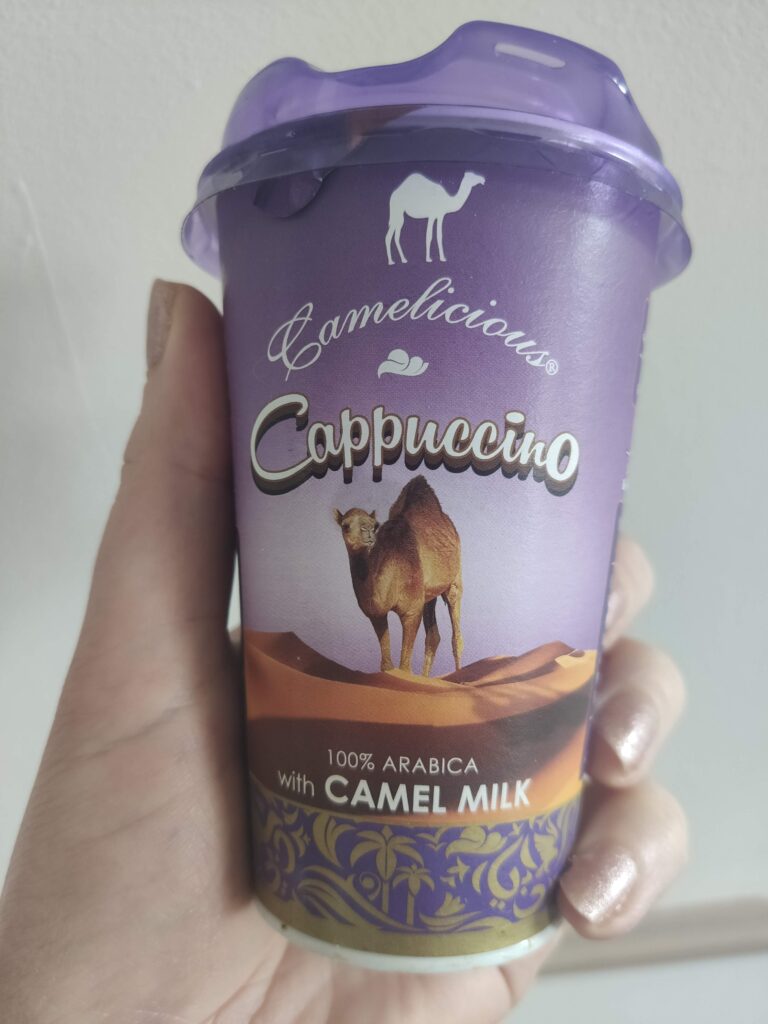
Camel milk products are popular in the UAE. You can buy camel milk soap, camel milk ice-cream, camel milk chocolate or treat yourself to a camelicious camelccino.
Delicious! Traditional Emirati cuisine is very rich, with a lot of spiced stew-like dishes, fish and dates. Unfortunately, there aren’t many Emirati restaurants, so you might not get to try it. There are, however, restaurants serving food from all over the world. Most Western chains are commonly found in the UAE as well as great Indian, Filipino and Lebanese places. Junk food is everywhere and it is very easy to eat incredibly unhealthily if you aren’t careful. Non-halal meat is not banned, but it is sold in a special separate section of grocery stores. Places that cater to wide audiences, like hotel breakfast buffets, only serve halal food. Sausages and bacon are usually made from chicken or lamb instead of pork.
Some more old-fashioned restaurants have a “family room” where any group that is not made up solely of men are seated. If you are going anywhere other than a fast food place, wait to be seated. If you’re a woman planning to join your male colleagues at an old-fashioned restaurant, make sure they let the staff know that they will have a woman in their group before being seated. You might feel weird not being allowed to sit in the main room, but it isn’t a very common custom these days. On the other hand, women get to choose between the normal and women-only carriages on the metro so you can feel special and have space while the guys are crammed into the normal ones.
Should I tip?
Tipping is a choice in the UAE, and is common but not expected. 10% is normal in restaurants, 15% is plenty. Make it clear that you are tipping, though. If you just leave without waiting for your change they might get accused of stealing. You usually tell taxi drivers to keep the change if paying in cash but you don’t need to add more on top.
Phone and internet
There are three telecom companies in the UAE, and they are the only entities licensed to provide video calls, available as expensive plans. Services like Skype, Facetime and WhatsApp video chat are banned. Rules have been relaxed due to covid so Zoom and Microsoft Teams are allowed while the pandemic keeps people working remotely https://gulfbusiness.com/will-access-to-zoom-other-voip-services-continue-in-the-uae-tra-responds/.
The internet is heavily censored in the UAE. Sites related to things like pornography, gambling and criticism of the government are not allowed. VPNs are therefore extensively blocked to prevent people from accessing this content and VoIP services, but they are only illegal if you use them to break the law (https://www.comparitech.com/blog/vpn-privacy/vpn-etisalat/). If you simply want to protect your personal information while on your hotel’s WiFi, for example, that is permitted. If you want to do this, download a VPN before you enter the country. Make sure you find one that has good reviews for the UAE, because some that are great in North America, for example, don’t have servers close enough to the Middle East to remain fast and effective. The previous link has a few suggestions for the ones that work best.
Getting out and about

There is much more to the UAE than sand and shopping malls. You could have the Mangroves National Park to yourself and feel like you’re in the middle of the wilderness, until you kayak around a corner and see the Abu Dhabi skyline on the horizon.
It can be very difficult to get to places on foot in the UAE. It’s so hot you would be risking your health to do much walking outside for most of the year, and as such, there has been little investment in sidewalks. Luckily public transport is very reasonably priced and clean. The metro in Dubai services the most popular spots and the buses are air-conditioned and safe. Google maps can struggle with directions at times so it can help to refer to the city’s transit website instead. Taxis are plentiful and of good value so you might prefer to use them instead of public transport. On the whole, drivers in the UAE are quite aggressive and commonly use their phones while behind the wheel. As a rule of thumb, if you are happy to drive through central London at rush hour, you should be able to deal with UAE roads.
Laundry day
If you aren’t lucky enough to have a washing machine in your accommodation, you’ll have to send it to a laundrette. Labour is cheap in the UAE and there are a lot of immigrants trying to make a living, so it’s kind of a thing that if you can afford to pay someone to do a task, you should. As such, there is only one self-service laundrette in the whole of Dubai, but there are lots of serviced places. Again, prices range from cheap to so expensive you’d be better off buying an entirely new wardrobe. There are some app-based services that can pick your laundry up from your hotel and deliver it back, which can be very useful if you don’t have the time to get away from your gig. Most places charge per item rather than per load, so be prepared for the delightful experience of a strange man emptying your dirty laundry out onto a counter and publicly counting up your underwear and socks.
What is that arrow on my hotel room ceiling?
It’s a qibla! They point towards Mecca so Muslims know which way to face while praying.
There’s a hose by the toilet…
Yup. That is a bidet shower/shattaf/bum gun. They’re the preferred device for personal hygiene throughout the Middle East and Southeast Asia. You can just continue to use toilet paper, but if you’re curious to give them a go you should read a guide first, like this one https://www.bidet.org/pages/how-to-use-a-hand-held-bidet. You might get converted! Facilities are often designed to be washed down with the shattaf, sluicing water into a central drain, so if you find yours dripping wet don’t panic. Just don’t put your bag down on the floor…
Do I need to worry about creepy crawlies?
Not really. The cities are quite sanitized and you only really see birds and some benign insects. Some vipers, scorpions, and redback spiders are found there, but only out in the countryside and very rarely. If you are squeamish, just don’t Google camel spiders and maybe get someone else to do the digging if you need to bury cables in the desert.
What can I do with my time off?

The Sheikh Zayed Grand Mosque in Abu Dhabi is one of the most popular places to visit in the UAE. It is particularly atmospheric at sunset.
What time off?! Your employer needs to pay for accommodation etc. for every day you’re there so they’re going to get their money’s worth out of you! If you are lucky enough to have a day or two off, there are plenty of things to do that don’t involve the usual shopping in a mall or tanning on the beach. Search online and ask your local colleagues for recommendations and hidden gems, because there are lots.
For starters in Dubai, you can visit the gold souk (not as ancient as you might imagine, but still an experience), take an abra across the creek, or go to the coffee museum and the Al Fahidi neighbourhood. In Abu Dhabi, you can visit the Sheikh Zayed Mosque (I recommend the free guided tours), ride an electric scooter along the corniche promenade at sunset, and my favourite, kayak through the mangroves. Both cities have museums and galleries, and a host of live entertainment.
The UAE is a great country for the adventurous, with skydiving, ziplining, bungee jumping and sandboarding. If you’re a fan of wildlife like me, you might be disappointed to find out that desert safaris don’t feature any animals. It’s actually driving around sand dunes in a 4×4 but apparently, it’s great fun! There are, however, plenty of wildlife parks and sanctuaries, and you can visit the Falcon Hospital in Abu Dhabi to learn about these amazing birds and the integral part they play in Bedouin culture.
Tour operators offer packages of a day in the desert, camel ride, and evening being entertained in a Bedouin camp if you want the full tourist experience. If you want the full ex-pat experience, save up to go for brunch with your friends (look them up, it isn’t just that avocado is expensive), but only if you don’t have work the next day. If you can, get out of the cities and explore the stunning landscapes the country offers. It will surprise you how beautiful, lush and varied an apparent desert can be.
So there you have it! I know it’s a very long list, but believe me, you do get used to it. It definitely isn’t for everyone, but if it appeals to you it’s a great market to be involved in. The UAE loves to put on a show, so you can be part of some of the biggest spectacles in the world while making new friends, enjoying the winter sunshine, and experiencing other cultures. Some of the most rewarding jobs I’ve ever done have been in the UAE and I was given opportunities to grow in ways I never had at home. Despite only working there a few weeks at a time, the friendships I have formed there are some of my strongest and are what keep me going back time and again.
